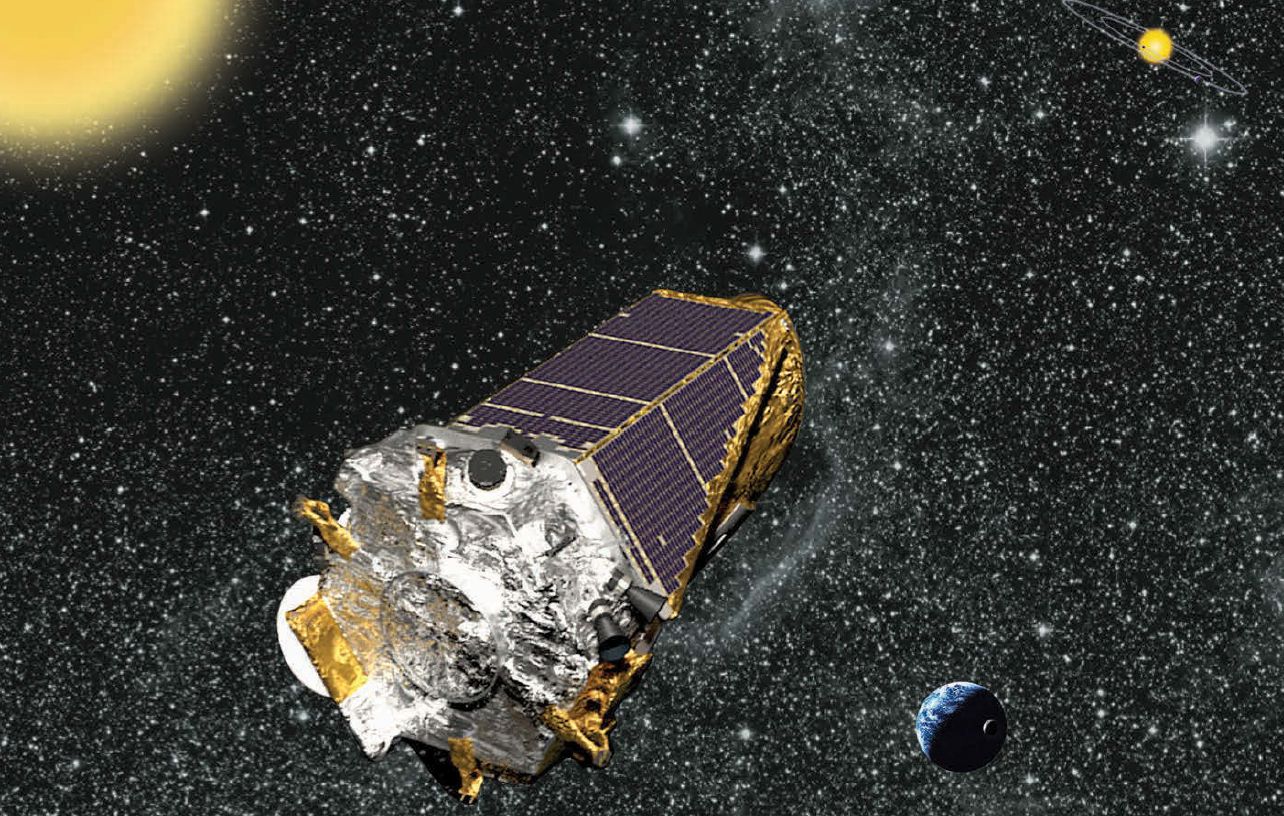
K2-229b, a rocky planet was recently discovered by astronomers, is located 339 light years away. It is 20% larger than Earth and has a composition similar to Mercury.

The Kepler spacecraft responsible for detecting 2,245 exoplanets, and another 2,342 yet to be confirmed, is running out of fuel and may have just a few months left before its lights go out.

Three planets, all slightly larger than Earth in diameter, orbit a star called GJ 9827, about 100 light-years away. A study of the planet trio found that one of the most massive super-Earths found to date lies among them.

Based on data from NASA's K2 mission an international team of scientists have just confirmed nearly 100 new exoplanets. This brings the total number of new exoplanets found with the K2 mission up to almost 300.

In the Search for Extra-Terrestrial Intelligence (SETI), a team of astronomers recently searched through the Kepler field to look for signatures of technologically-advanced civilizations.

For the first time in history, a crowdsourced team of amateur citizen scientists has discovered a multi-planetary system.

Google Machine Learning Technology recently helped scientists at NASA discover two new planets far outside the solar system.

NASA will be hosting a somewhat unusual press conference on Thursday to announce the latest find from its planet-hunting Kepler Space Telescope.

NASA’s Kepler space telescope team has identified 219 new planet candidates, 10 of which are near-Earth size and in the habitable zone of their star

A star with the unassuming name of KIC 8462852 in the constellation Cygnus has been raising eyebrows both in and outside of the scientific community for the past year.

"Tabby's Star" has dramatically dimmed. Something passed in front of it, dimming its starlight a whopping 20 percent and other jumbled transit signals revealed that something wasn't quite right with this particular star.

An international team of astronomers has discovered and confirmed a treasure trove of new worlds using NASA's Kepler spacecraft on its K2 mission.

A distant 'super-Earth' size planet known as Kepler-62f could be habitable, a team of astronomers reports. The planet, which is about 1,200 light-years from Earth in the direction of the constellation Lyra, is approximately 40 percent larger than Earth.

Astronomers searching for planets using NASA’s Kepler telescope have found an extraordinary family of four. Their orbits are so carefully timed that they provide long-term stability for their planetary system.

A new analysis shows that 1,284 candidate planets are indeed confirmed exoplanets.